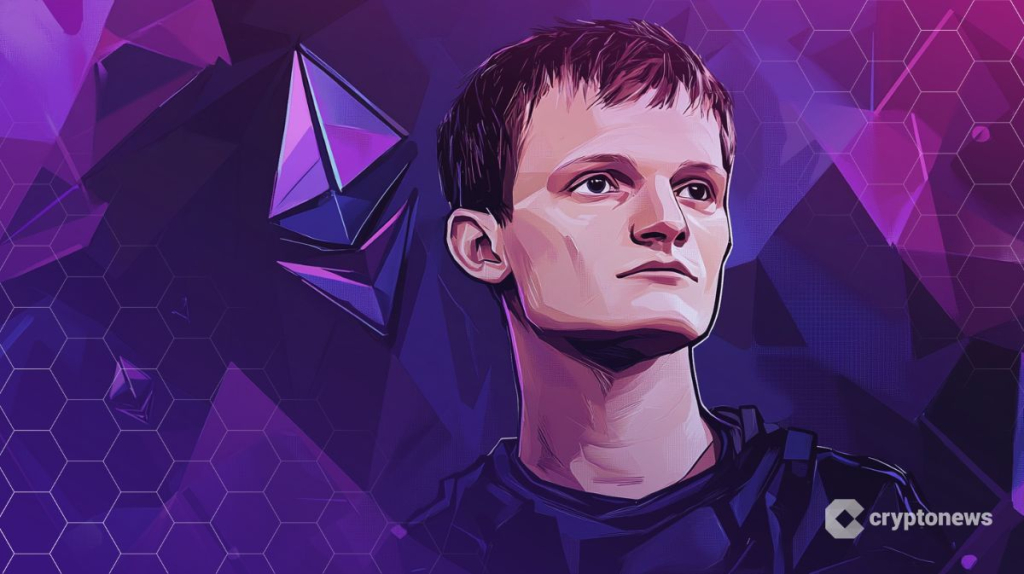Vitalik Buterin, co-founder of Ethereum, has unveiled a comprehensive plan aimed at reengineering the Ethereum base layer. This initiative seeks to streamline the protocol’s architecture to enhance its security, scalability, and long-term viability.
In a blog post dated May 3, titled “Simplifying the L1,” Buterin drew inspiration from Bitcoin’s straightforward design ethos, outlining a proposal that would alleviate the technical complexities that have accumulated since Ethereum’s launch.
The proposal specifically addresses the network’s fundamental layers—consensus, execution, and shared components—aiming to simplify processes that have become increasingly intricate over time.
Eliminating Complexity to Enhance Progress and Reduce Risks
Buterin highlighted that the current complexities within the protocol have contributed to extended development timelines, elevated maintenance costs, and heightened vulnerability to bugs.
One of the cornerstone concepts in Buterin’s proposal is the introduction of a revised consensus layer structure utilizing a model dubbed “3-slot finality.”
This new approach would do away with complex elements like epochs, synchronization committees, and validator shuffling.
By limiting the number of active validators, the protocol could implement a more straightforward and secure fork choice rule, thereby facilitating the development of lightweight clients and diminishing the risk of attacks.
The initiative to overhaul Ethereum’s consensus, historically referred to as the beam chain, opens up numerous possibilities to simplify processes while enhancing both efficiency and security. pic.twitter.com/MIRpsbe48h
— vitalik.eth (@VitalikButerin) May 3, 2025
On the execution front, Buterin recommended a shift from the existing Ethereum Virtual Machine (EVM) to a newly designed, zero-knowledge (ZK)-friendly virtual machine built on the RISC-V architecture.
This architecture is recognized for its lightweight and open-source instruction set, which is both efficient and easy to work with.
The anticipated benefits of this transition could include a significant acceleration in ZK proof generation—potentially by up to 100 times—while also making the protocol easier to audit and more hospitable for developers.
To ensure a seamless transition, Buterin advised that legacy EVM contracts should operate via a RISC-V interpreter to maintain backward compatibility.
He emphasized the need for industry-wide standardization to reduce fragmentation and recommended the unification of tools and formats. This includes adopting a singular erasure coding method, serialization format (SSZ), and tree structure to streamline systems and bolster developer resources.
“Simplicity is akin to decentralization,” Buterin argued, proposing that Ethereum implements a “max line-of-code” rule for critical consensus logic, akin to the minimalistic framework employed in the machine learning project Tinygrad.
While non-essential or legacy features would still be accommodated, they would be relegated outside the essential specifications.
Ethereum’s Potential to Tackle AI Centralization Challenges
Eric Connor, a former Ethereum core developer, posited that the blockchain could play a pivotal role in addressing urgent challenges in the realm of artificial intelligence. He believes that Ethereum’s potential mainstream breakthrough may be realized through its integration with AI, especially as the field grapples with issues of centralization, opaque algorithms, and escalating privacy concerns.
Additionally, Nic Carter, a crypto venture capitalist at Castle Island Ventures, previously highlighted two significant factors affecting Ether’s value: the proliferation of layer-2 (L2) scaling solutions and uncontrolled token issuance.
Carter argued that these “greedy Eth L2s” drain value from Ethereum’s base layer without contributing adequately in return.
He further criticized the Ethereum community’s embrace of excessive token creation, asserting that “ETH was buried in an avalanche of its own tokens. Died by its own hand.”
The post Vitalik Buterin Calls to Simplify Ethereum Protocol with New Design appeared first on Finance Newso.


























